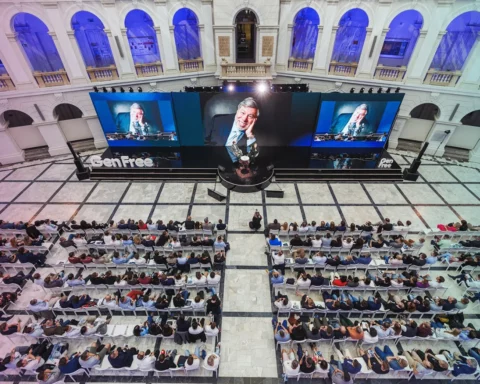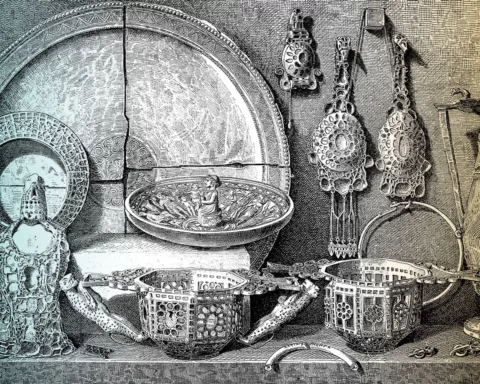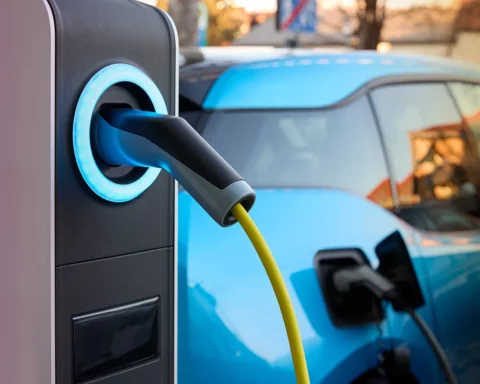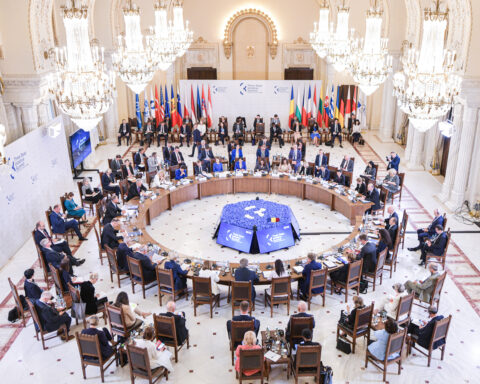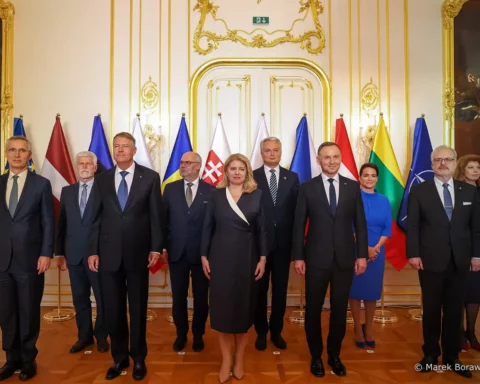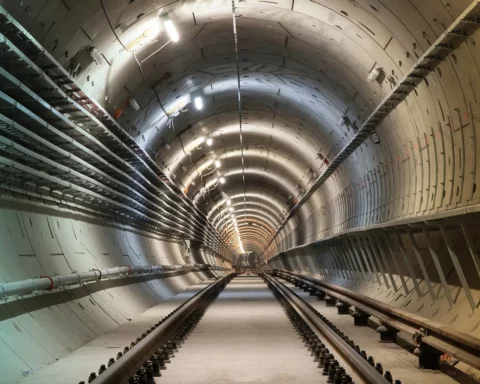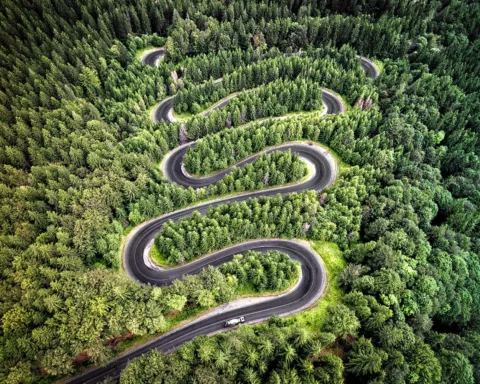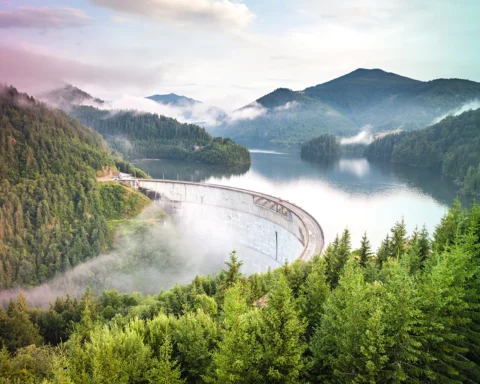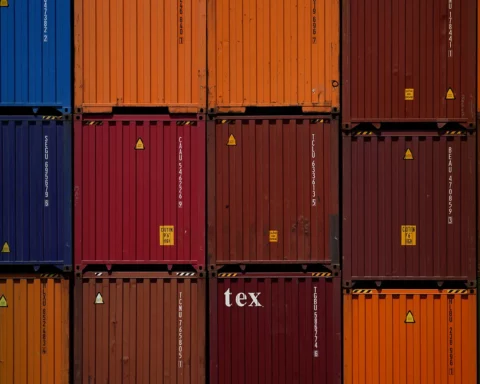After the post-communist transition in Romania, Farmec continues its odyssey. The company continued to innovate from Ana Aslan’s Gerovital, which brought it international fame until it became one of the largest regional beauty products producers.
Bucharest has recently unveiled plans to enhance its neighborhood relations with Belgrade in the form of helping Serbia in its aspirations towards joining the 3 Seas Initiative (3SI).
While Europe focuses on how long Romania and Bulgaria will be kept on Schengen's waiting list, little attention is paid to its unforeseen effects.
Following a complicated transition, CEE economies veered from centrally planned to free market systems. This shift reorganization created some of the EU's most dynamic and complex economies and positioned them in the global spotlight.
On 22-23 September in Warsaw, dozens of speakers, 50 young innovators from the region, and hundreds of guests came together for panel sessions and dedicated workshops.
Recently, the digital and tech sectors have grown exponentially across the CEE. With the pandemic accelerating the transition, the region stands to gain EUR 200 billion in GDP by 2030 from these industries. Yet, pursuing this revolution might not be as easy as it seems.
With a growing startup scene that has already launched global firms like Skype, Bolt, Bitdefender, Wise, and Vinted, CEE has some lesser-known places where Europe's unicorns or "soonicorns" are thriving.
For Romania, one of the Great War's most significant losses was its extensive treasure of over 120 tons of gold and numerous other valuables, all sent to Russia under the guise of "safekeeping." A century later, it still hasn't been returned.
Since carrots tend to stick more in consumers' minds than sticks, Romania jumpstarted its green revolution through an array of incentives for electric vehicles instead of restrictions on their fuel-driven counterparts.
Starting autumn with a summit of change, 3SI representatives gather this week in Bucharest to participate at the Investing into a Resilient Tomorrow (political meeting) and Business Forum sessions.
Faced with complex threats, organizations like Bucharest 9 (B9) enhance Europe's collective security and defense systems. By implementing joint initiatives and addressing risks, the format unites NATO's Eastern states under the same umbrella.
After years of declarations, studies, negotiations, and public procurements, Cluj-Napoca signed a EUR 2 bln contract to build Romania's second metro system (one of the few new ones in CEE).
In a bid to revamp its mostly uncompetitive road system, Romania seeks to spend more than EUR 20 bln in the upcoming years on ambitious interconnectivity projects to freshen up its infrastructure. When these will turn from ink into concrete remains to be seen.
"Hi, you have given me life, and now my role is to represent you like a mirror!" echoed across Romania's Government chambers. This came not from a movie but from the introduction of the government's new honorary assistant, named ION, which is a not-so-simple AI system tasked with gathering data from citizens and voicing their thoughts.
In the hopes of transforming energy dreams into concrete actions, Bucharest aspires to overcome some of its shortcomings by shifting an entire sector. Regional interconnection, smart and green energy solutions, Black Sea exploration, and capacity expansion are all on the table.
Romania is the neighbor with such fast Wi-Fi you wish you could borrow their password. Ironically, it's also still a country overly reliant on actual paperwork due to a lack of digital enterprises and services.
As recent geopolitical and economic realities in the Danube River and Black Sea regions changed, a new dawn for Romania's ports emerged. With increased flows came the need to swiftly expand, adapt and explore potential growth trajectories within the region and globally.






